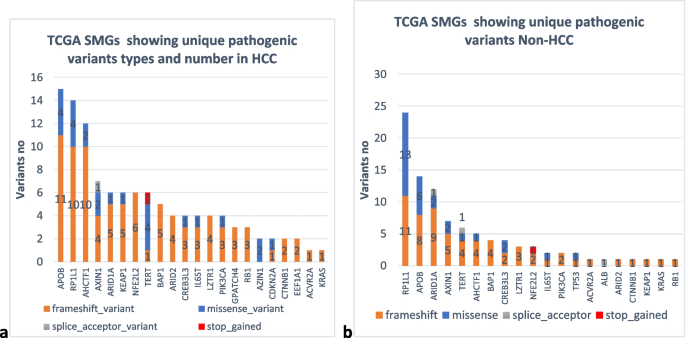

Optimization of lactic acid production from agro-industrial wastes produced by Kosakonia cowanii
Lactic acid is used for the preparation of poly-lactic acid. The objective of this research was to produce lactic acid from agro-industrial wastes as cheap, renewable substrates, and also reduce the pollution burden on the environment. Sixteen bacterial isolates were isolated from agro-industrial wastes. The chemical hydrolysis of agro-industrial wastes was achieved with hydrochloric acid, sulfuric acid, and sodium hydroxide. The highest yield of lactic acid produced was identified using 16S rRNA. The optimum conditions for lactic acid production were determined. Calcium lactate, produced from the culture fermentation was treated with sulfuric acid to precipitate the calcium sulfate. The filtrate holding free organic acid was vaporized to produce pure lactic acid. Chemical hydrolysis using 5% HCl released the highest concentration of total reducing sugar at 8015.90 and 7761.55 mg/L using cotton and coffee wastes, respectively. The bacterial isolate Kosakonia cowanii (B2) presented highest lactic acid concentration at 24.97 and 27.91 g/L after 24 and 48 h, respectively as a qualitative determined by HPLC analysis. The maximum lactic acid production at 28.14 g/L was obtained on the fermenter scale after 72 h by HPLC analysis. © 2021 The Authors



